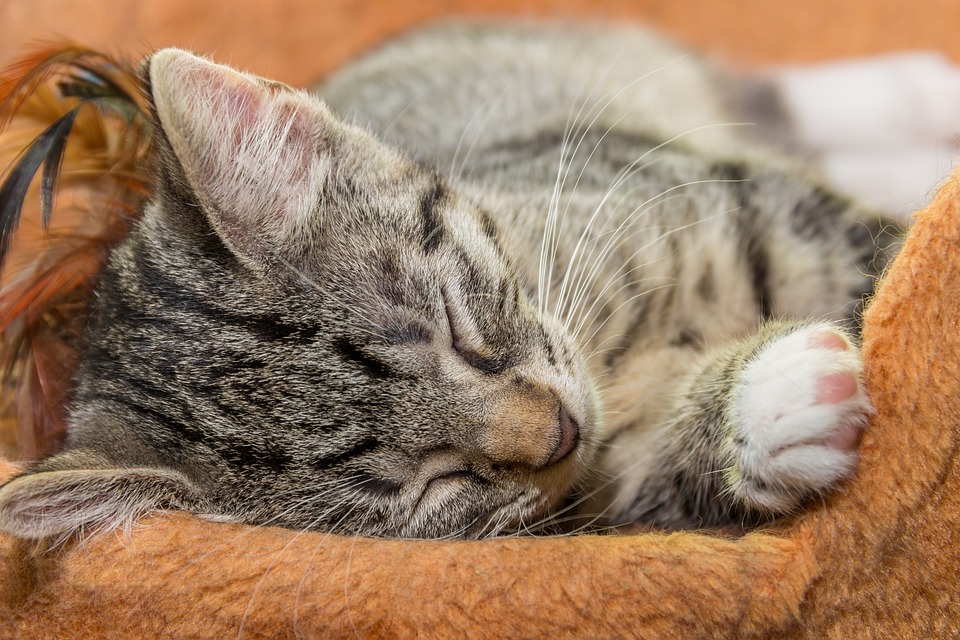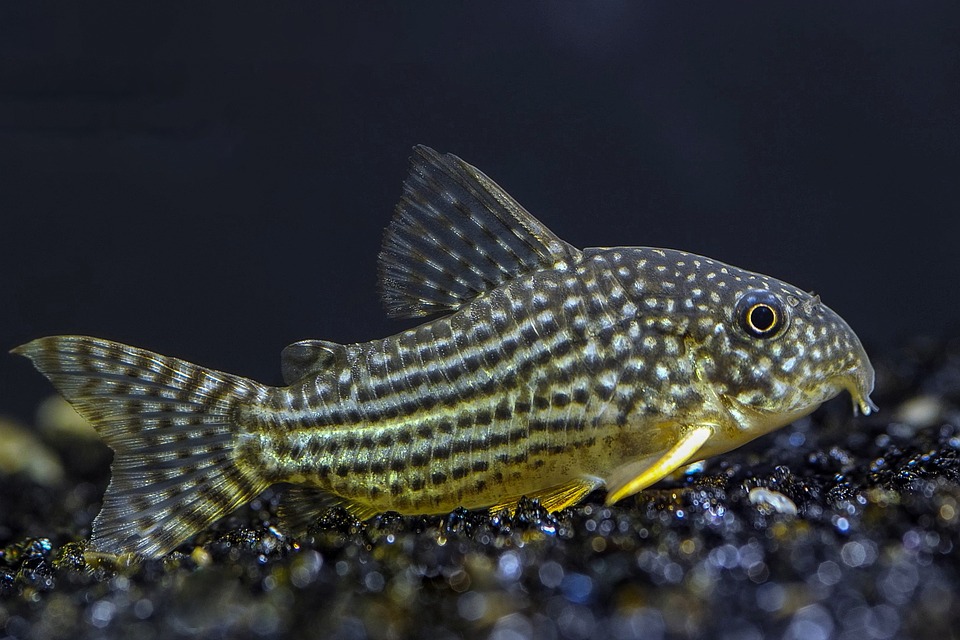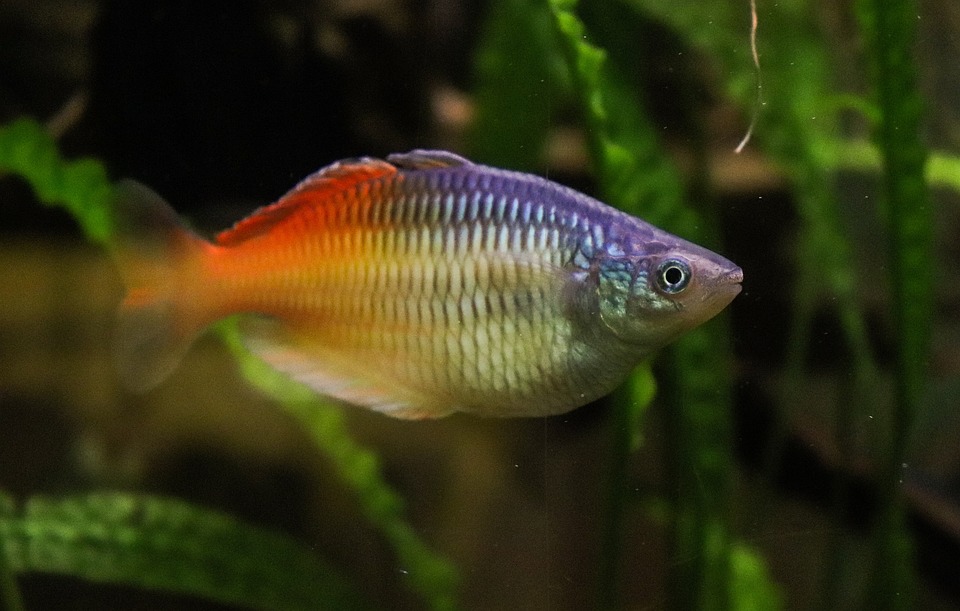Solitary living is a phenomenon not limited to humans but also observed in various species in the animal kingdom. Some examples of solitary species include shrews, black bears, and leopards. These animals spend the majority of their time alone, only coming together for courtship and mating purposes. This unique social organization has intrigued researchers like Carsten Schradin and his colleagues, who have delved into the evolutionary origins of solitary living among mammals.
Through their studies, Schradin and his team have uncovered that the ancestors of solitary mammals likely lived in pairs, indicating that solitary living must have evolved as a specific adaptation. Understanding the behavior and adaptive value of solitary living is crucial for the conservation of endangered solitary mammal species. By shedding light on the complexities of solitary living, researchers hope to develop more effective conservation strategies to protect these vulnerable animals.
Recent research has challenged the traditional view of solitary mammals as aggressive and antisocial. Contrary to earlier beliefs, many solitary species have been found to engage in amicable interactions with members of their own species. This newfound understanding has opened up a new realm of exploration into the social dynamics of solitary animals.
One such species that has defied conventional wisdom is the bush Karoo rat, a small rodent endemic to South Africa’s semi-arid regions. Despite being classified as solitary, the bush Karoo rat exhibits a kin-based social structure, with individuals forming small kin groups consisting of mothers and offspring or sibling pairs. These kin groups show overlapping home ranges, indicating a level of social interaction among related individuals.
To gain further insights into the social behavior of the bush Karoo rat, researchers have utilized mini-GPS data loggers to track the movements and interactions of these rodents. This innovative approach has provided valuable data on the kinship dynamics within the species, revealing the presence of female kin structures and rare female kin groups. These findings suggest that social groups may have originated from female kin living in close proximity and interacting with each other.
The study of the bush Karoo rat mirrors similar discoveries in other rodent species, such as the giant kangaroo rat in California. These findings highlight the importance of kinship in shaping social interactions among solitary mammals and offer a glimpse into the evolutionary origins of social behavior.
Moving forward, researchers aim to explore whether overlapping individuals in the bush Karoo rat population also share food resources, which could indicate early forms of mutual cooperation. By continuing to unravel the complexities of solitary living and social behavior in mammals, scientists hope to gain a deeper understanding of the diverse social systems that have evolved in response to different ecological pressures.





